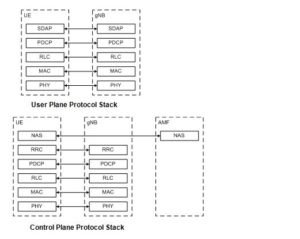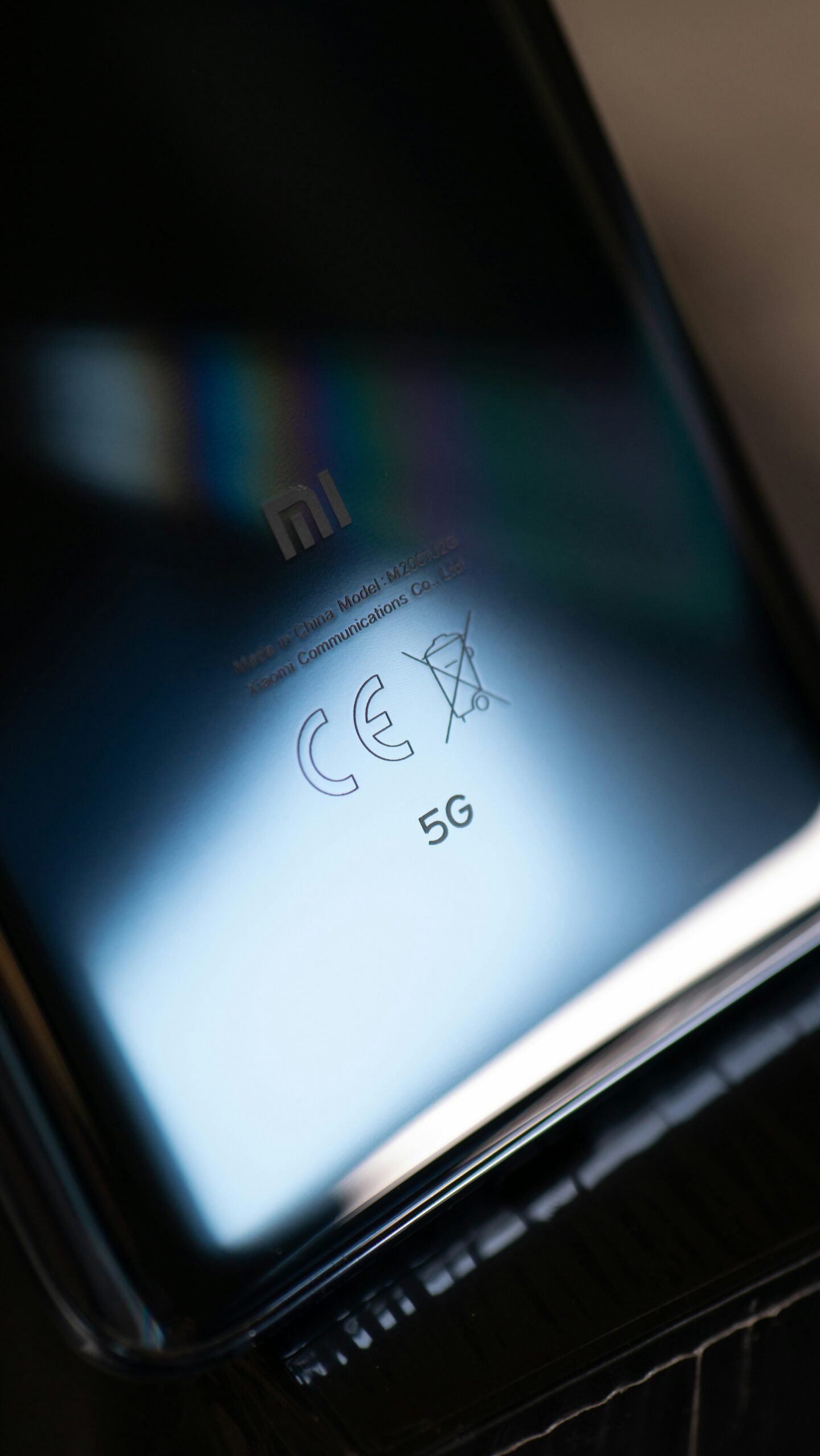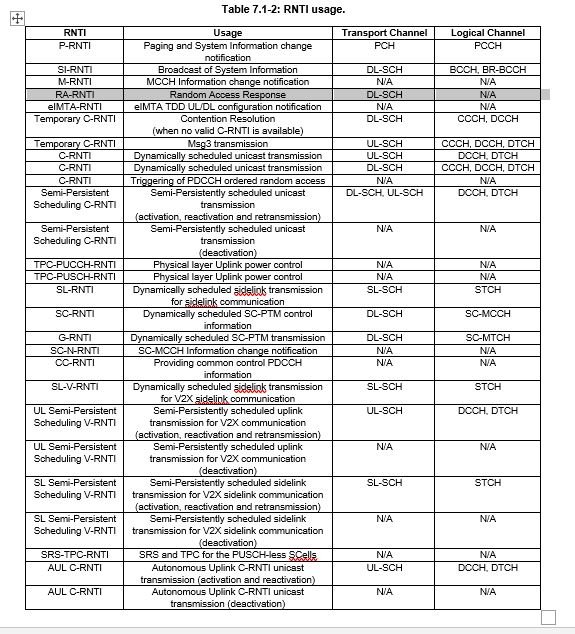5G Interview Questions and answers part 1
In this first part of 5G interview questions and answers, we will discuss about only 5g basic questions. For advance level questions and answers click the next part.
You are kindly requested to sign up the 5g discussion forum by clicking the below link and share your knowledge and ask any questions you have.
Link: 5g community/5g discussion forum.
Lets start with basic Interview questions on 5g technology.
Q1. What do you know about 5G?
A. 5G is the next generation mobile technology. Go through this link to get basic idea of 5G. What is 5G | How 5G Network will work | 5G USES | Why 5G is Important.
Q2. What is ENDC?
A. ENDC stands for Evolved-Universal Terrestrial Radio Access New Radio Dual Connectivity. Go through this link for more info. What is endc in 5g technology.
Q3. What is the difference between NSA and SA?
A. NSA stands for non standalone and SA stands for standalone. Click this link for complete answer. 5g standalone vs non standalone.
Q4. Why 5G?
A.
- Faster download and upload speeds.
- Low Latency i.e the time it takes devices to communicate with each other in wireless networks, will be very less compared to 4G.
- Won’t be harmful to human.
- Low cost.
- Machine to machine communication will be improved.
Q5. What is dual connectivity?
A. Dual connectivity means mobile terminal will be connected to 4G as well 5G NR base station.
The UE attaches to the LTE network first. Then the UE signals to the network that it can simultaneously connect to the 4G and 5G networks. The 4G eNB and 5G gNB exchange message to set up the bearer on the 5G gNB. The UE will then have bearer set up for 4g as well as 5G NR.
Q6. Explain protocol structure in 5G?
A. Here is the protocol architecture for 5g NR.
Q7. What are the features of 5G?
A. Same as question 4.
Q8. What is virtualization?
A. Service base architecture of 5g core Network will support virtualization deployment. In SBA network can be deployed as fully distributed, fully redundant, stateless, and fully scalable. Within a same network set, many Network Instances can be present. With this virtualization, services can be provided from anywhere.
Consider an example of UDR set. When a UE invoke a UDR services like registration, this virtualization will help to route the request to any UDR within the set of UDRs
This will also help to turn off any specific instance of UDR for planned maintenance. There will also be UDR auto-recovery feature without any service disruption.
Q9. What is network slicing?
A. Network slicing is a new concept in 5G. A network slicing is a set of network elements. These NFs are specialized to provide a particular service. For examaple we can have a Network slice for IoT, one for general UEs and one for V2X. Different users may have different requirements like latency, mobility and data rates. So, we can have Network Slicing based on user types also.
Q10. What is Network capability exposure?
A. Network capability exposure allows operator to expose it’s network capabilities like QoS policy to third party ISPs/ICPs.
Q11. What is Unified access control?
A. The 5g core Network is adaptable. Contingent upon administrator arrangements, organization situations, endorser profiles, and accessible administrations. Various criteria will be utilized in figuring out which user to be permitted or blocked when congestion happens in the 5G System. Click here for full article.
Q12. What are the functions of gNB?
A. Click this link for complete answer for gNB functionalities.
Q13. What are the functions of AMF?
A. Click this link for complete answer for AMF functionalities.
Q14. What are the functions of UPF?
A. Click this link for complete answer for UPF functionalities.
Q15. What are the functions of SMF?
A. Click this link for complete answer for SMF functionalities.
Q16. What is the role of small cell in 5G
A. Small cell is going to play a big role in 5G. As you know 5G will have mm wave. Because of high range frequencies mm wave can not travel long distance. So we will need small cells placed everywhere. Read about mm wave What is 5G NR Millimeter wave and mmwave characteristics.
Q17. Is Full Duplexing Possible On A Smartphone Sized Chip?
A. Yes, it is possible with some limitation. Most of the 5G features are only useful if the mobile chips are full duplex. But there will be problem of interference between two signals being too close to each other.
Q18. Will The Internet Of Things (iot) Generate Video Traffic?
A. IoT is definitely going to generate Video traffic. Consider HD surveillance cameras that runs on cellular network. These cameras are going to generate huge video traffic in future.
Please register yourself to our 5G forum and keep yourself updated. Also help us grow 5G community. 5gnotes community forum.
Click here for 5G NR Interview Questions and answers part 2.
Click here for all 5g interview questions.






thank you for making me understands basics of 5g